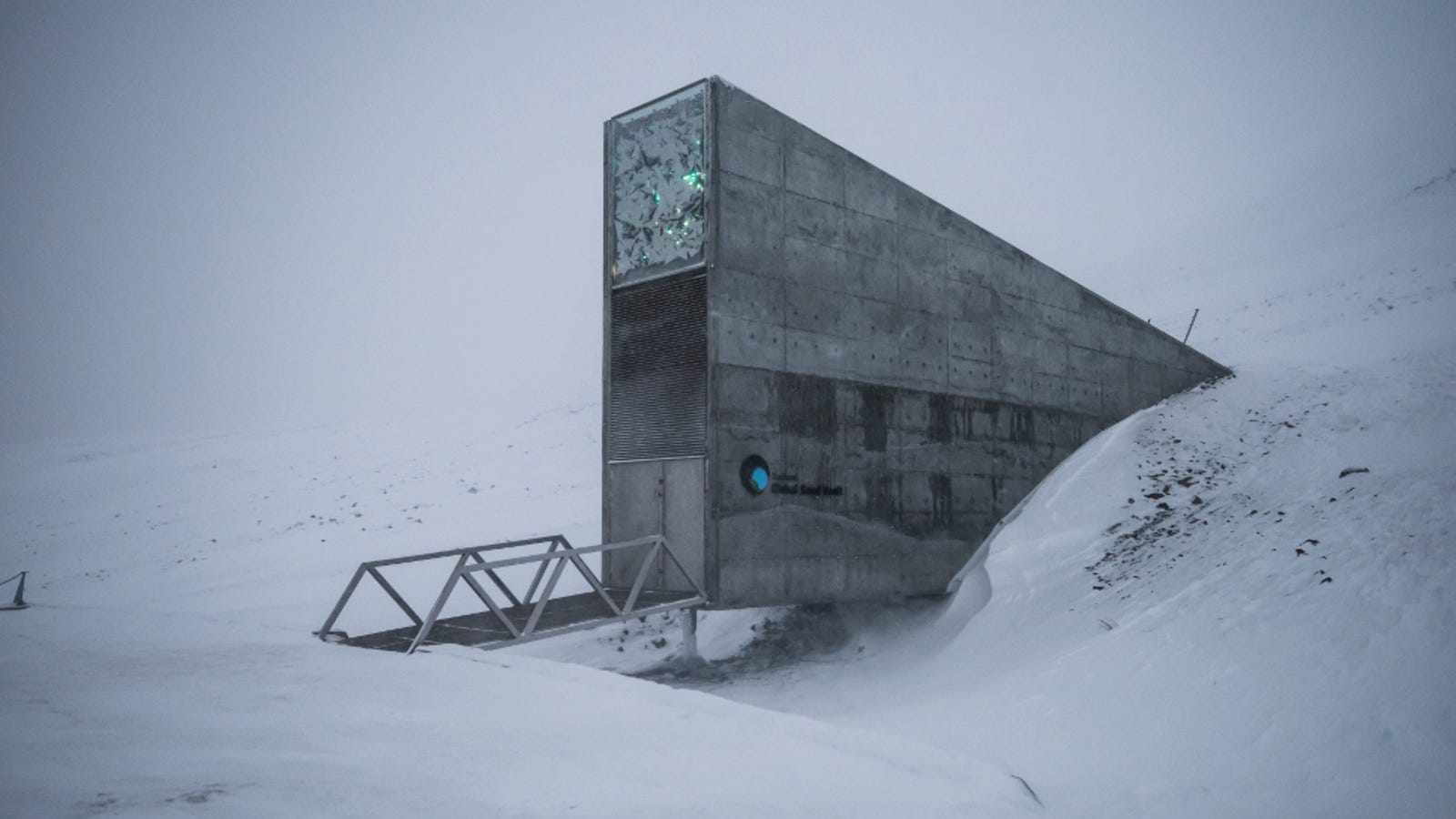


The Seed Vault officially opened on 26 February 2008, although the first seeds arrived in January 2008. The FAO Commission on Genetic Resources for Food and Agriculture endorsed the initiative and in October 2004 the Norwegian Government committed to fund the Seed Vault and begin the construction. Īlso in 2004, the ITPGRFA entered into force and created the legal framework for having one international security facility. They conducted a feasibility study in 2004 and concurred that Svalbard was an appropriate location for long-term storage. Ī team led by conservationist Cary Fowler, in association with CGIAR, actively campaigned for the development of the Seed Vault and approached the Norwegian Government. The Treaty establishes a multilateral system for plant genetic resources that includes providing access to the materials and providing mechanisms so that those who use the resources can share any derived benefits. In 2001, the International Treaty on Plant Genetic Resources for Food and Agriculture (ITPGRFA) was adopted and national governments began to ratify the Treaty soon after. In 1984, the Nordic Gene Bank (now NordGen) began storing backup Nordic plant germplasm via frozen seeds in an abandoned coal mine outside of Longyearbyen. The vault has been depicted in several films and other art forms, including Marcus Paus’ children's opera Children of Ginko.Įntrance to the Seed Vault taken in February 2020.
#Doomsday vault india free
Storing seeds in the vault is free to depositors. Norway and the Crop Trust pay for operational costs. The Norwegian government entirely funded the Seed Vault's approximately 45 million kr ( US$8.8 million in 2008) construction cost. The Seed Vault is managed under terms spelled out in a tripartite agreement among the Norwegian Government, the Crop Trust, and the Nordic Genetic Resource Center (NordGen). This provides security of the world's food supply against the loss of seeds in genebanks due to mismanagement, accident, equipment failures, funding cuts, war, sabotage, disease and natural disasters. The Seed Vault provides long-term storage of duplicates of seeds conserved in genebanks around the world. The Svalbard Global Seed Vault ( Norwegian: Svalbard globale frøhvelv) is a secure backup facility for the world's crop diversity on the Norwegian island of Spitsbergen in the remote Arctic Svalbard archipelago.


 0 kommentar(er)
0 kommentar(er)
